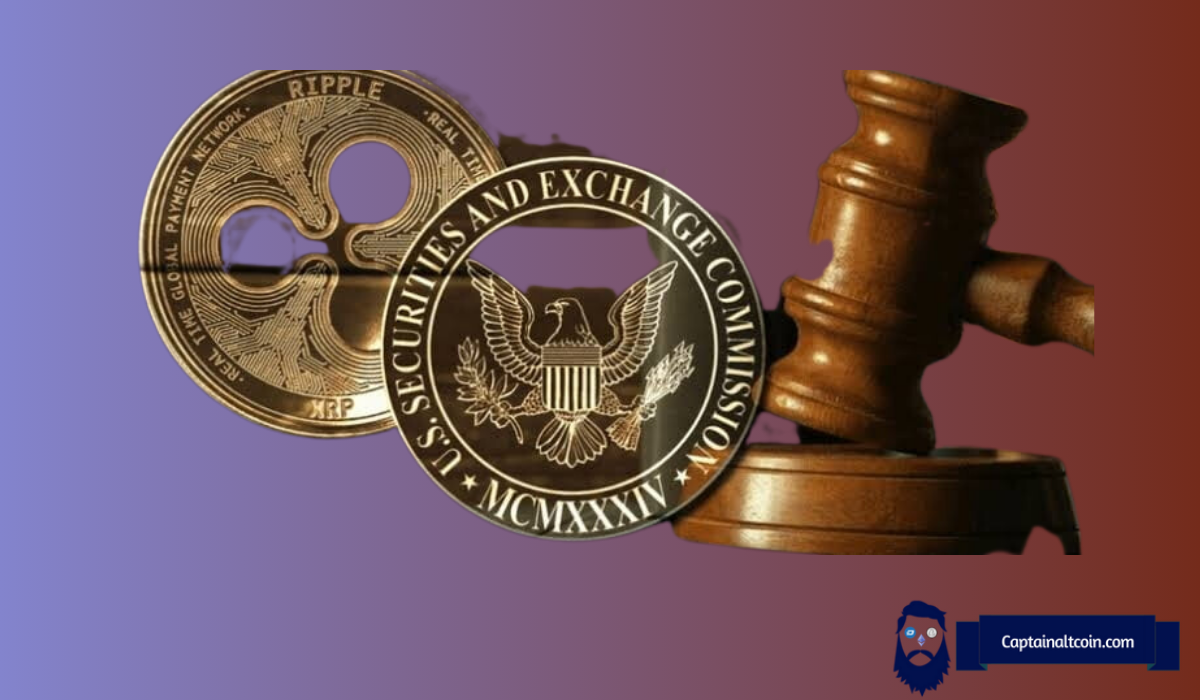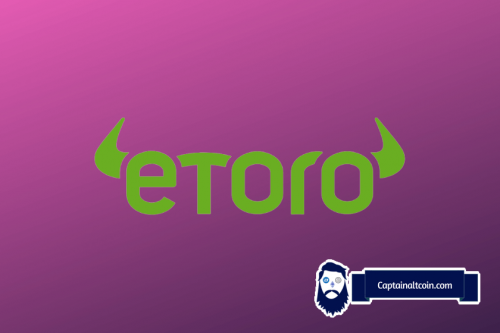
After years of courtroom drama, the Ripple vs. SEC case is finally winding down – and with it, a new era may be starting for XRP. For a long time, the lawsuit held Ripple back from expanding in the U.S. and left XRP in regulatory limbo. But now, the legal pressure is easing, and the road ahead looks clearer than it’s been in years.
Back in 2020, the SEC accused Ripple of selling XRP as an unregistered security. This kicked off one of the most important legal battles in crypto history. For nearly five years, Ripple fought the case while the crypto market – and its competitors – moved forward. In July 2023, Ripple scored a partial win when Judge Analisa Torres ruled that XRP is not a security when traded on public exchanges. That decision alone gave XRP a big boost and opened the door to relisting on major platforms like Coinbase and Kraken.
Fast forward to 2025, and things have shifted even more. In March, the SEC officially dropped its appeal, which was a major step toward ending the case for good. Now, only Ripple’s cross-appeal remains. The judge has given both sides until June 16 to file a status update, and many in the industry expect a full settlement to follow shortly after.
VOILAAA 💥💥
— Ripple Pundit (@RipplePundit) June 10, 2025
LAWSUIT UPDATE 🚨🚨
The court has set June 16, 2025, as the deadline. The #SEC has to present the court a formal status update.
The update should help to clarify whether the parties have come to a concluded agreement or if more time will be required to do so. pic.twitter.com/65bETwFmum
So what happens next?
Now that the SEC is backing off, Ripple can finally breathe. Without the legal cloud hanging over its head, Ripple can focus entirely on growth. For starters, the company plans to double down on institutional partnerships.
Ripple has already worked with banks and payment providers around the world, using its XRP-powered On-Demand Liquidity (ODL) product to move money across borders faster and cheaper than traditional systems. But because of the lawsuit, U.S. financial institutions mostly stayed on the sidelines. That’s about to change.
Ripple’s CEO, Brad Garlinghouse, has said that once the legal uncertainty clears, they expect renewed interest from American banks. This could include everything from cross-border payment services to full integration of RippleNet into legacy banking systems. And now that XRP has been legally cleared for public trading in the U.S., there’s no reason large financial players can’t start building with it.
Another huge opportunity comes from the possibility of a spot XRP ETF. After Bitcoin and Ethereum ETFs gained traction, XRP is now on the shortlist for similar financial products.
With the SEC no longer actively fighting Ripple, analysts believe an XRP ETF could be approved in the near future. That would create a fresh wave of demand, especially from institutional investors who want regulated exposure to crypto.
But Ripple’s ambitions go beyond just finance. The company is building out the XRP Ledger’s capabilities, and there’s been a lot of progress lately. In March 2024, XRPL launched its native automated market maker (AMM) feature on mainnet.
This gives traders access to built-in liquidity pools and decentralized exchange functions – without needing external platforms. At the same time, Ripple has pushed forward with smart contract support through two different approaches.
First, there’s an EVM-compatible sidechain, which launched its testnet in March 2025. It’s expected to go live on mainnet sometime this year. Second, XRPL is adding native programmable features called Hooks, which allow developers to write logic directly into the ledger. These features are already live on devnets and moving closer to full release.
On top of that, XRPL has rolled out or proposed other useful tools like Decentralized Identifiers (DIDs), clawback controls for issued tokens, batch transactions, and advanced escrow functions. These upgrades make the XRP Ledger more flexible for developers, especially those focused on real-world finance.
Ripple has also been making moves on the business side. In April 2025, the company acquired Hidden Road, a multi-asset prime broker. This makes Ripple the first crypto firm to own a global prime brokerage platform.
The plan is to migrate Hidden Road’s post-trade operations onto XRPL and use Ripple’s own stablecoin, RLUSD, as collateral. That could bring serious institutional activity directly onto the network.
All of this means the SEC case was not the end of the story for XRP. In fact, it may have only been the beginning. The years of legal pressure made Ripple more battle-tested, more global, and more determined to prove its value.
Read also: Why 1% of XRP Holders Might Not Be Rich – And What You Should Learn From It
Now, with the case nearly behind them, they’re free to pursue that mission at full speed.
The real growth for XRP isn’t about a quick price spike. It’s about finally being able to move forward – building real-world solutions, scaling adoption, and opening the floodgates to institutional support. If the momentum continues, June 2025 might be remembered not as the end of Ripple’s courtroom saga, but as the month when XRP’s next chapter truly began.
Subscribe to our YouTube channel for daily crypto updates, market insights, and expert analysis.
We recommend eToro
Wide range of assets: cryptocurrencies alongside other investment products such as stocks and ETFs.
Copy trading: allows users to copy the trades of leading traders, for free.
User-friendly: eToro’s web-based platform and mobile app are user-friendly and easy to navigate.









